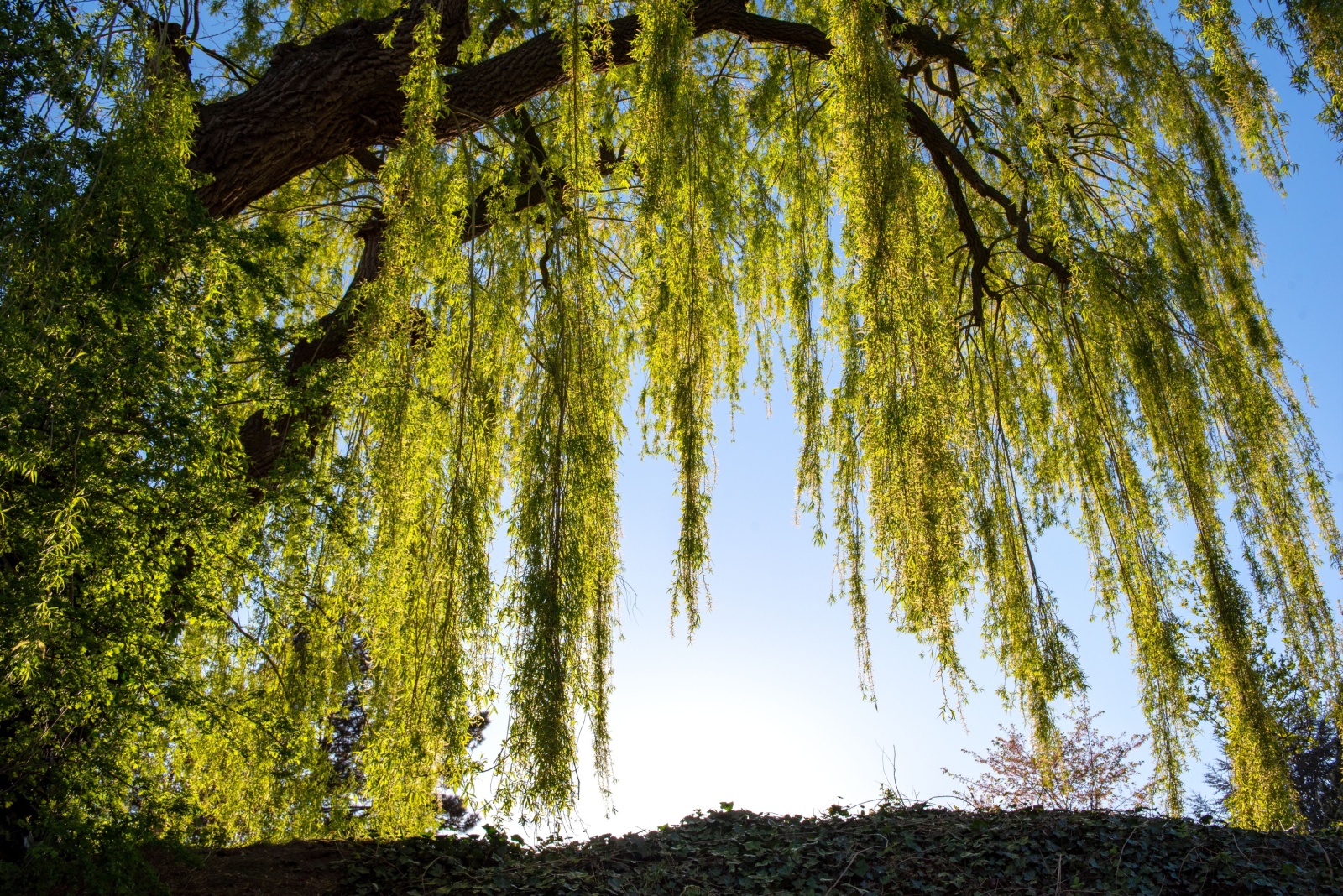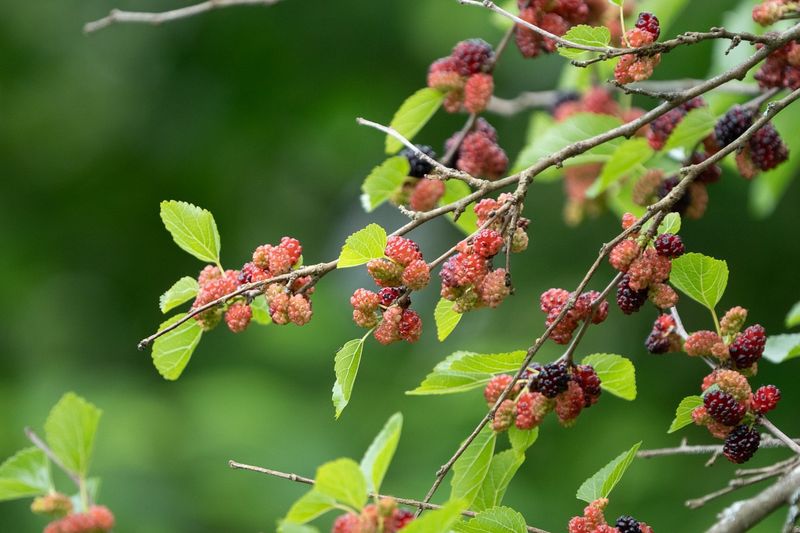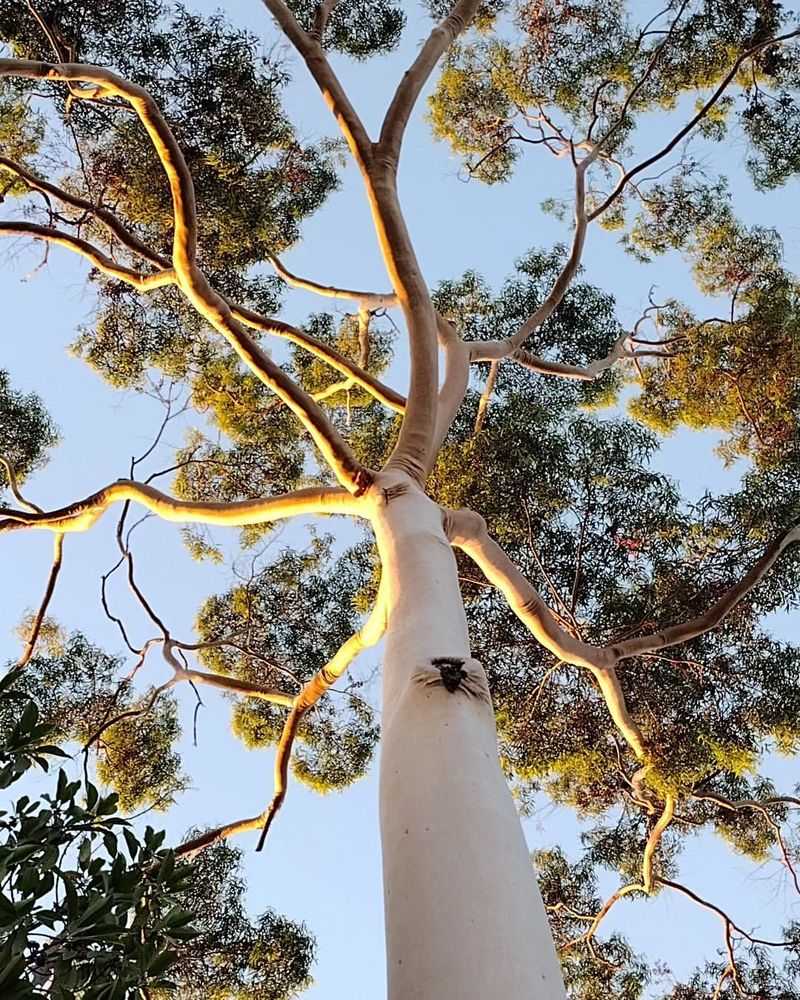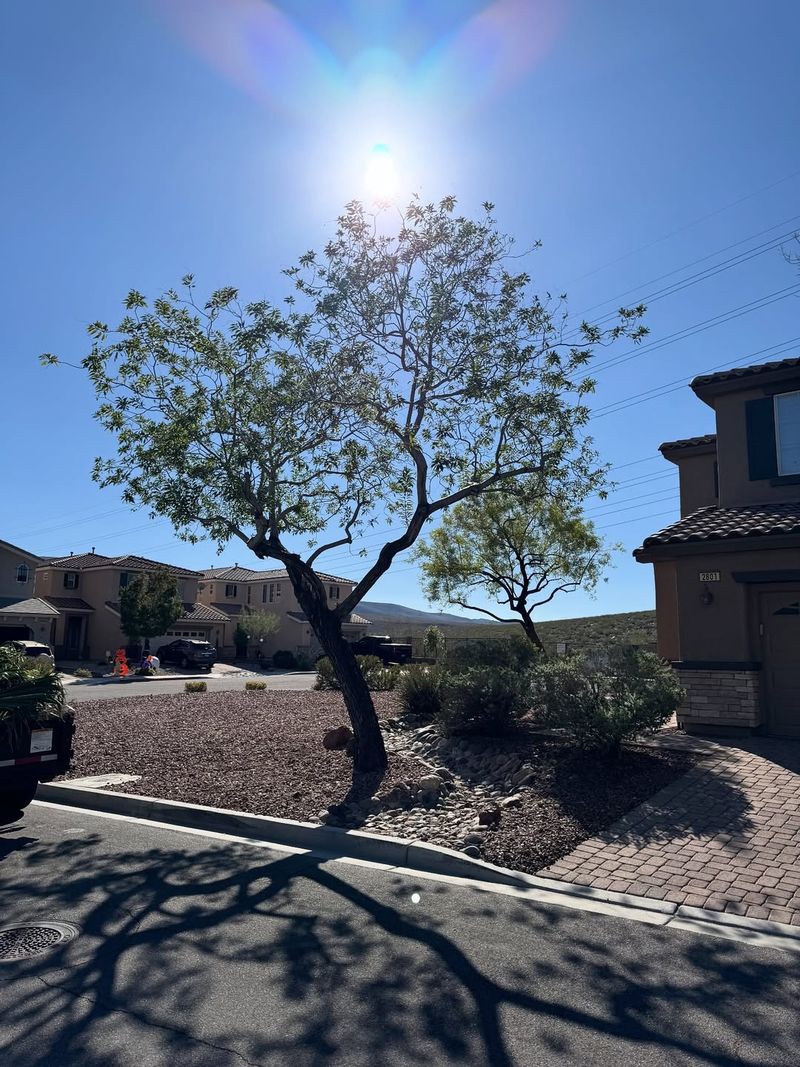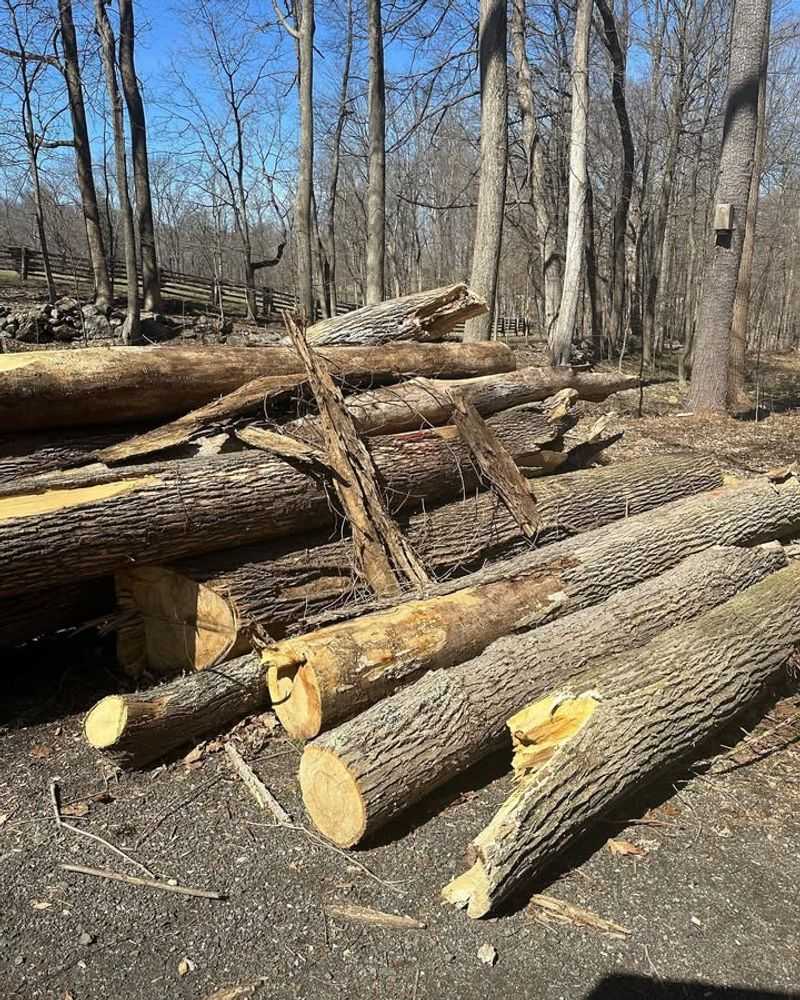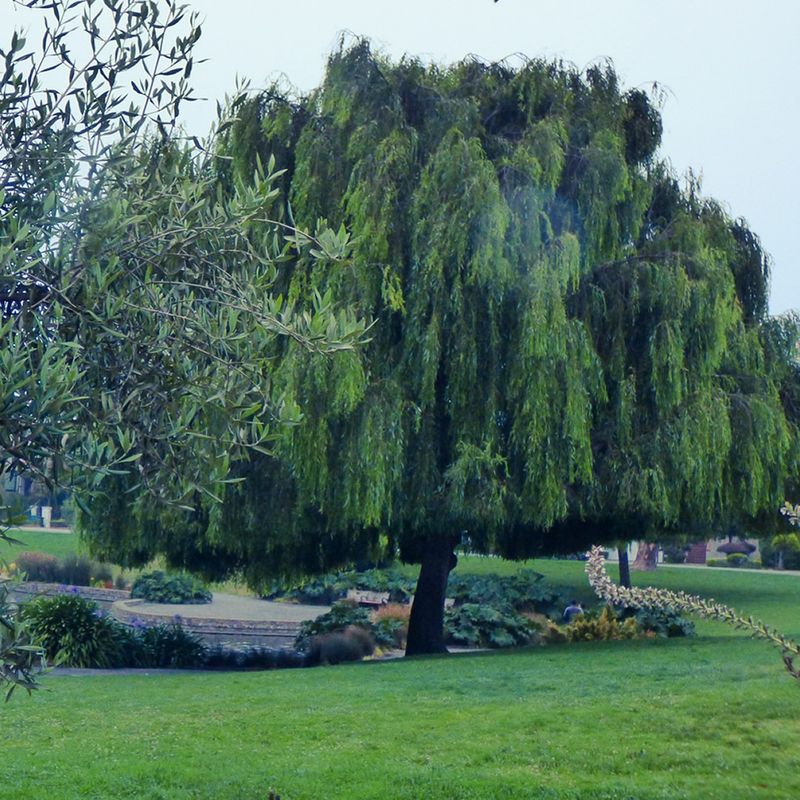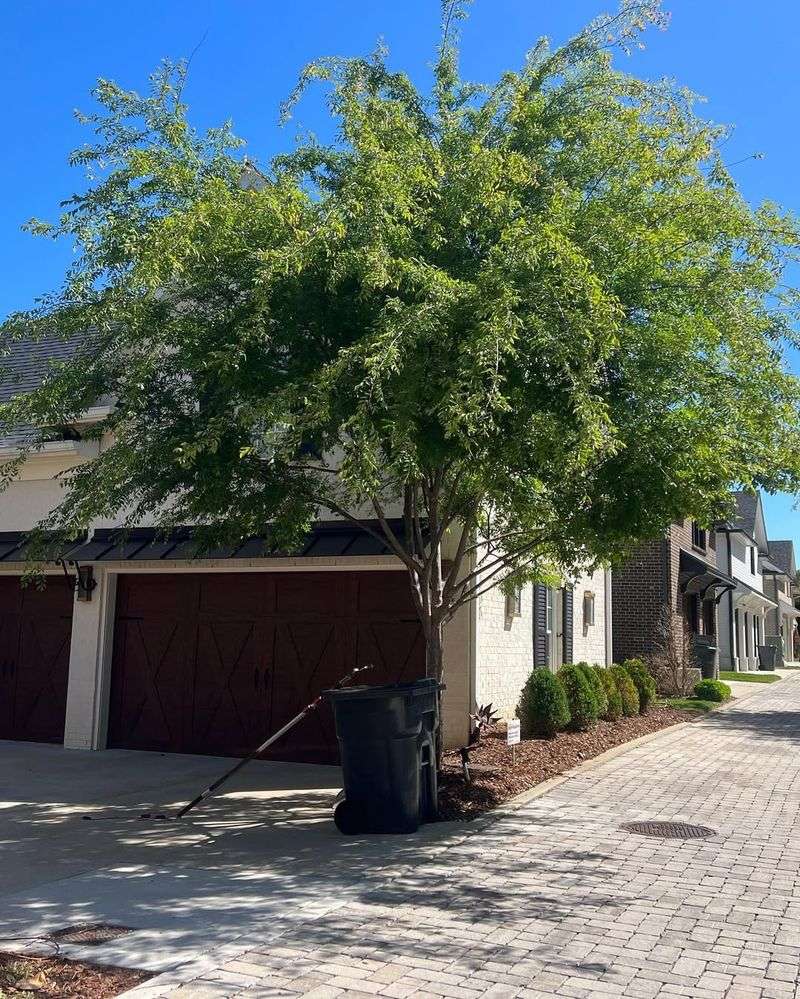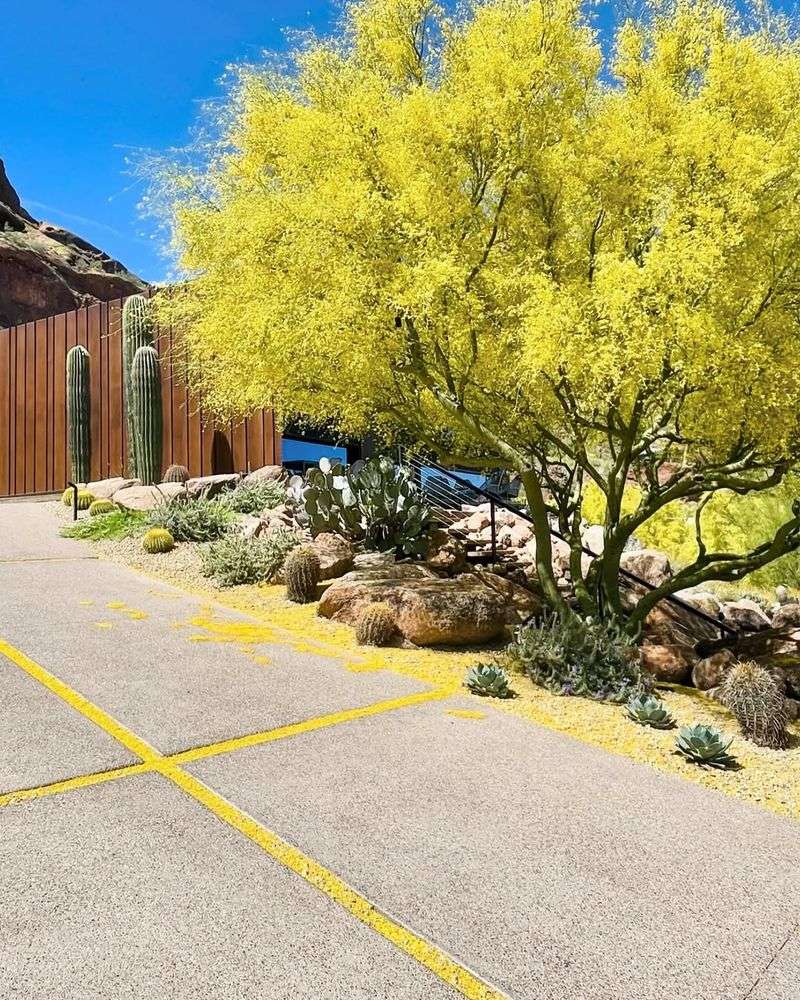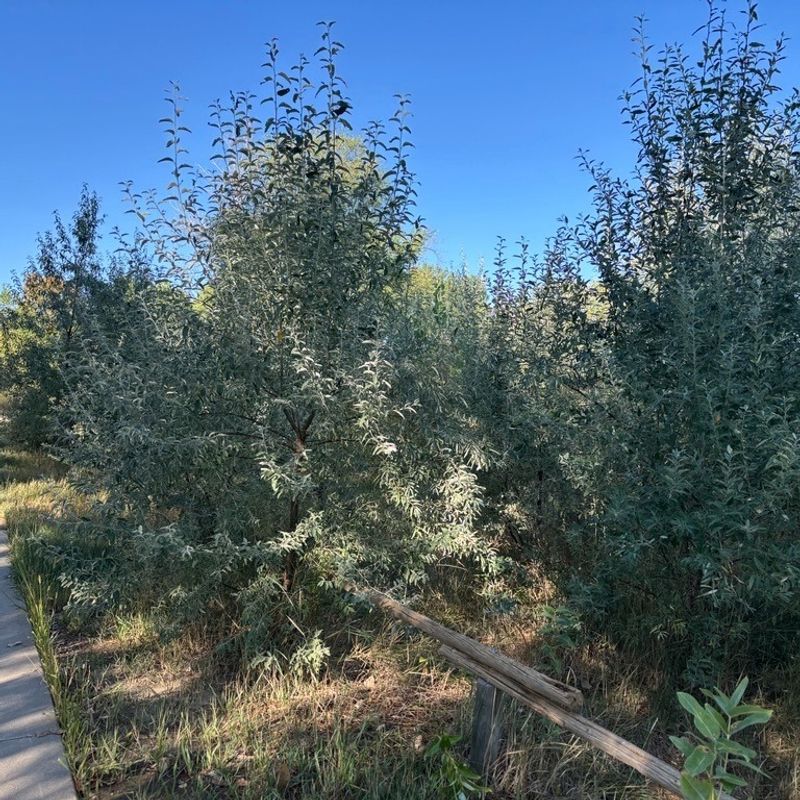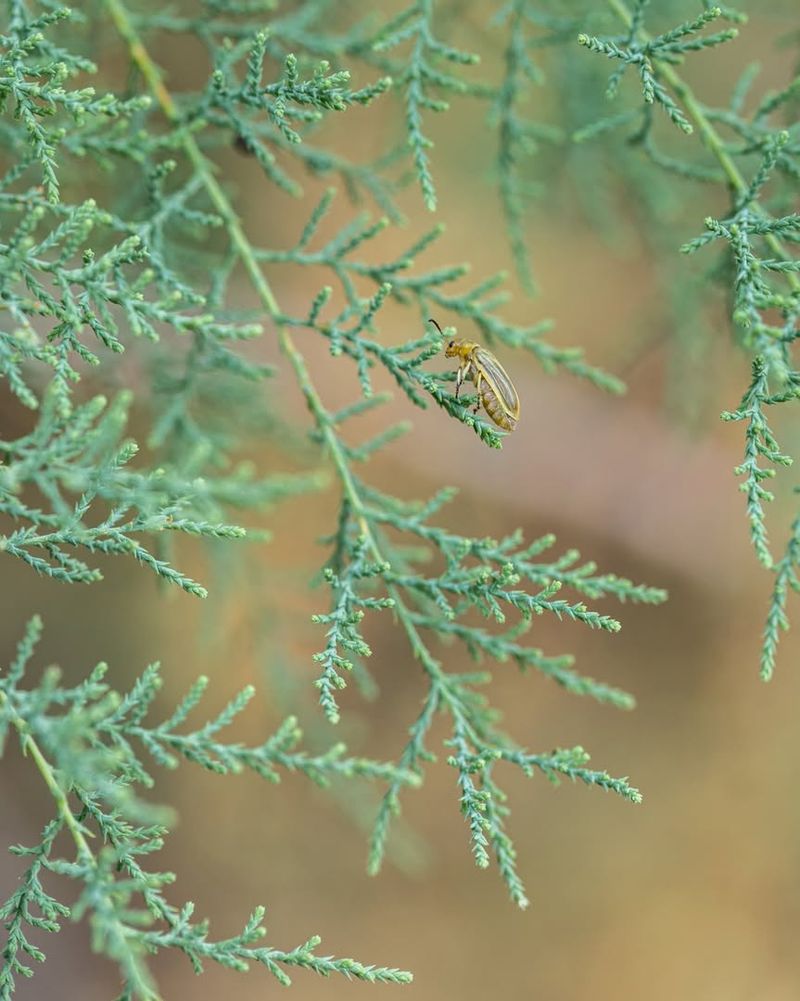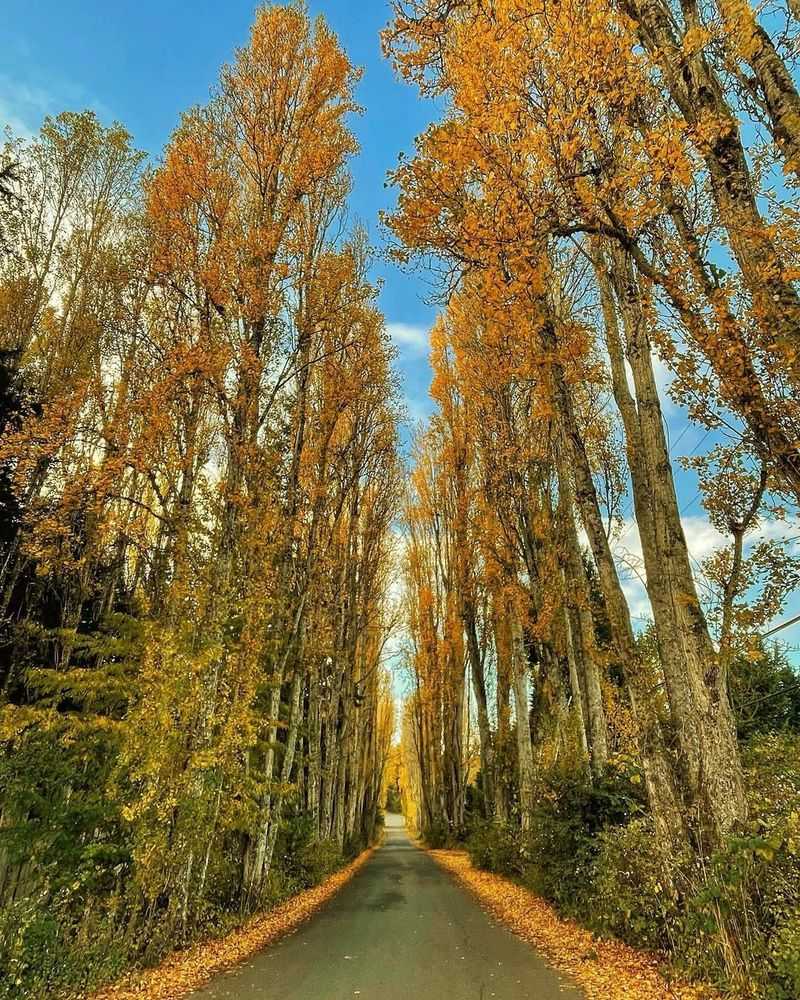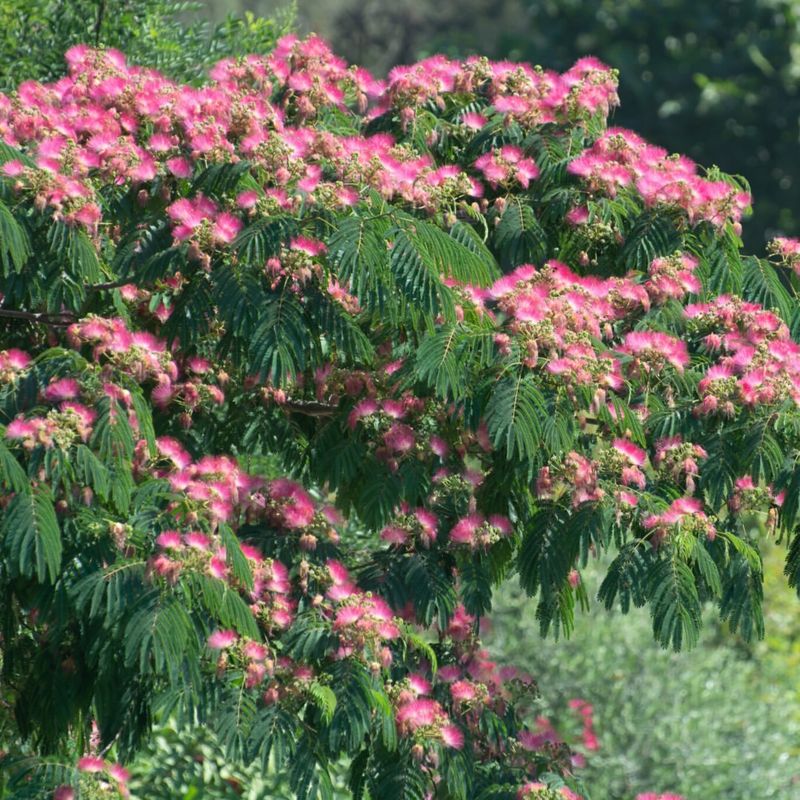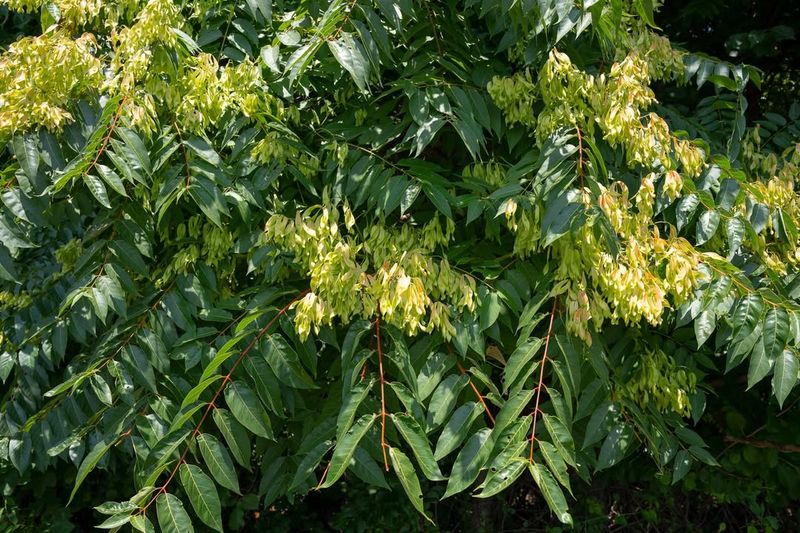Arizona’s desert climate makes landscaping tricky, and choosing the wrong tree can turn into a nightmare.
Some trees cause damage to sidewalks, attract pests, or waste precious water in our dry environment. Knowing which trees to avoid will save you time, money, and a whole lot of frustration down the road.
1. Mulberry Trees
Mulberry trees might seem appealing at first glance, but they’re actually one of the messiest trees you can plant in Arizona. Their berries drop constantly, staining driveways, patios, and anything else underneath them with purple juice that’s nearly impossible to remove.
Beyond the mess, these trees produce massive amounts of pollen that trigger allergies for many people. Their roots are incredibly aggressive and will crack foundations, break pipes, and destroy sidewalks without hesitation.
Many Arizona cities have banned planting new mulberries for good reason.
2. Eucalyptus Trees
Eucalyptus trees grow ridiculously fast and reach towering heights, which sounds great until you realize the problems they bring. Their shallow root systems make them prone to toppling over during monsoon storms, potentially damaging homes and cars.
The oil-rich bark and leaves are extremely flammable, creating serious fire hazards in Arizona’s dry climate. These trees also guzzle water like there’s no tomorrow, making them terrible choices for our drought-prone state.
Plus, falling branches happen frequently and without warning.
3. African Sumac
African sumac trees were once popular in Arizona landscaping, but homeowners quickly discovered their dark side. Male trees produce clouds of pollen that cause severe allergic reactions, making spring miserable for sensitive individuals.
The tree’s sap can cause skin irritation and rashes when people come into contact with broken branches. Seeds spread everywhere, creating unwanted seedlings throughout your yard and neighborhood.
Their weak wood breaks easily during storms, leaving cleanup duties after every monsoon season rolls through town.
4. Cottonwood Trees
Cottonwood trees earned their name from the fluffy white seeds that float through the air like snow every spring. While this might sound magical, it quickly becomes annoying as the cotton clogs air conditioners, covers pools, and triggers respiratory problems.
These water-hungry giants need constant irrigation to survive in Arizona, driving up your water bills significantly. Their roots seek out moisture aggressively, invading sewer lines and irrigation systems.
The brittle branches snap easily, creating constant cleanup work for frustrated homeowners.
5. Ash Trees
Ash trees face a tragical ending in Arizona due to the emerald ash borer, an invasive beetle that’s decimating these trees across North America. Planting one now means watching it slowly decease over the next few years despite your best efforts.
Even without the beetle problem, ash trees demand enormous amounts of water to stay healthy in our desert climate. Their surface roots lift sidewalks and create tripping hazards throughout neighborhoods.
Treatment costs for the beetle infestation are expensive and must continue indefinitely to keep trees alive.
6. Willow Trees
Willow trees belong near ponds and streams, not in Arizona yards where water is scarce and precious. Their thirst is legendary, requiring constant irrigation that makes them environmentally irresponsible choices for desert living.
Root systems spread aggressively toward any water source, destroying pipes, septic systems, and underground utilities in their path. The weak, brittle wood breaks constantly, littering yards with fallen branches after every windstorm.
Willows also attract aphids and other pests that create sticky honeydew messes on everything below the canopy.
7. Chinese Elm
Chinese elm trees spread like weeds throughout Arizona, earning them a reputation as invasive nuisances rather than desirable landscape additions. Seeds germinate everywhere, creating thousands of unwanted seedlings in your yard, flowerbeds, and even gutters.
Their rapid growth seems beneficial until branches start breaking under their own weight regularly. The trees also produce significant amounts of pollen that aggravate allergies during spring months.
Constant pruning becomes necessary to maintain any reasonable shape, and removing volunteer seedlings becomes an endless chore for homeowners.
8. Palo Verde Trees
Wait, aren’t palo verdes Arizona’s state tree? Yes, but that doesn’t mean you want one in your yard. These trees drop branches constantly throughout the year, not just during storms but on calm days too.
The thorns are vicious and dangerous, especially for families with children or pets who play outside. Seedpods create slippery messes on patios and walkways when they fall.
While beautiful in natural desert settings, palo verdes near homes require endless cleanup and pose safety risks that make them poor landscaping choices for residential properties.
9. Russian Olive Trees
Russian olive trees might look attractive with their silvery foliage, but they’re actually invasive species that damage Arizona’s native ecosystems. Birds eat the fruits and spread seeds everywhere, creating thickets that crowd out native plants.
Sharp thorns make pruning and maintenance painful tasks that most homeowners dread. The trees also produce allergenic pollen that bothers sensitive individuals during blooming season.
Many conservation groups actively work to remove Russian olives from Arizona landscapes, and planting new ones undermines these important environmental restoration efforts.
10. Tamarisk (Salt Cedar)
Tamarisk trees are ecological disasters that consume enormous amounts of water while providing almost nothing beneficial in return. A single mature tree can drink up to 200 gallons daily, depleting groundwater and drying up natural water sources.
These invasive pests spread aggressively along Arizona’s waterways, choking out native vegetation that wildlife depends on for survival. Their dense growth creates fire hazards and blocks access to rivers and streams.
Many Arizona communities have eradication programs targeting tamarisk, making planting one both irresponsible and potentially illegal in certain areas.
11. Lombardy Poplar
Lombardy poplars grow tall and narrow, making them tempting choices for creating privacy screens quickly. Unfortunately, their lifespan in Arizona is incredibly short, often deceasing within 10 to 15 years from disease and stress.
Root systems spread far and wide, lifting pavement and invading water lines throughout neighborhoods. These trees also require massive amounts of water to survive our hot, dry summers.
Constant suckering creates unwanted shoots everywhere, and the trees are highly susceptible to canker diseases that make them look ugly before they eventually decease.
12. Mimosa Trees
Mimosa trees produce gorgeous pink flowers that fool people into planting them, but beauty comes at a steep price. These trees are highly invasive, spreading seeds that germinate into thousands of unwanted seedlings throughout your property.
Their weak wood breaks easily, and the trees are short-lived, often deceasing within 15 years. Mimosas also attract webworms that create unsightly nests and defoliate branches.
The aggressive root systems interfere with nearby plants, and the messy seedpods create constant cleanup work that makes homeowners regret their planting decision.
13. Tree Of Heaven
Despite its heavenly name, this tree is actually a nightmare that spreads like wildfire across Arizona landscapes. Root suckers pop up everywhere, sometimes dozens of feet from the parent tree, creating an invasion that’s difficult to control.
The tree produces chemicals that inhibit other plants from growing nearby, damaging your garden and landscape. Its flowers smell terrible, like rotting peanut butter, making outdoor spaces unpleasant during blooming season.
Spotted lanternflies love these trees, and attracting these destructive pests puts your entire neighborhood’s plants at risk of infestation.

